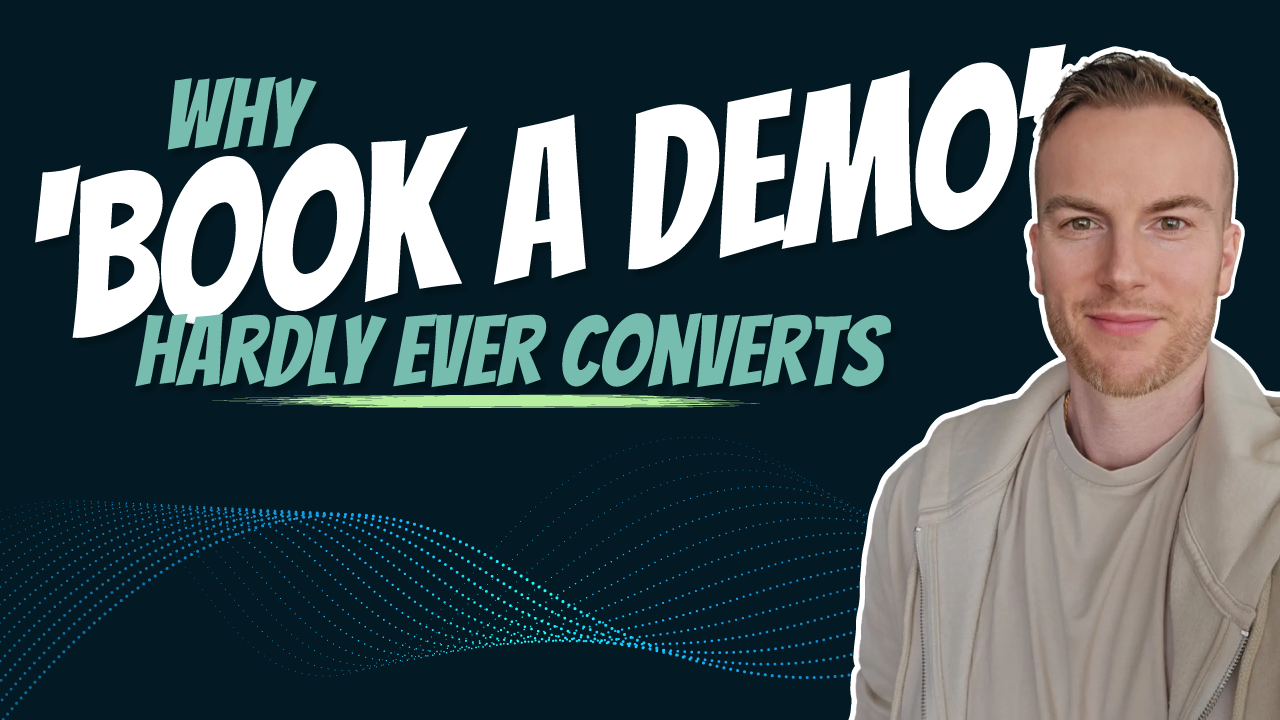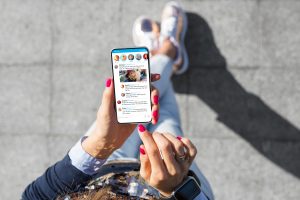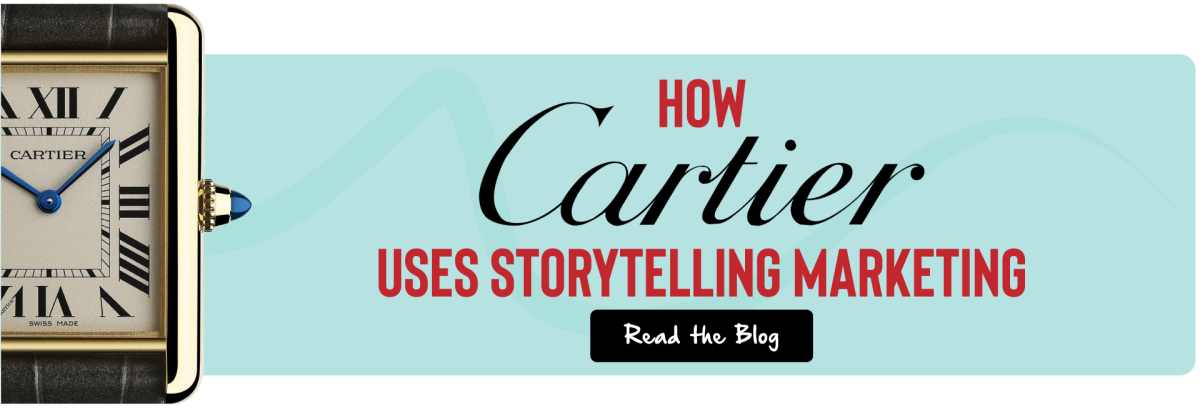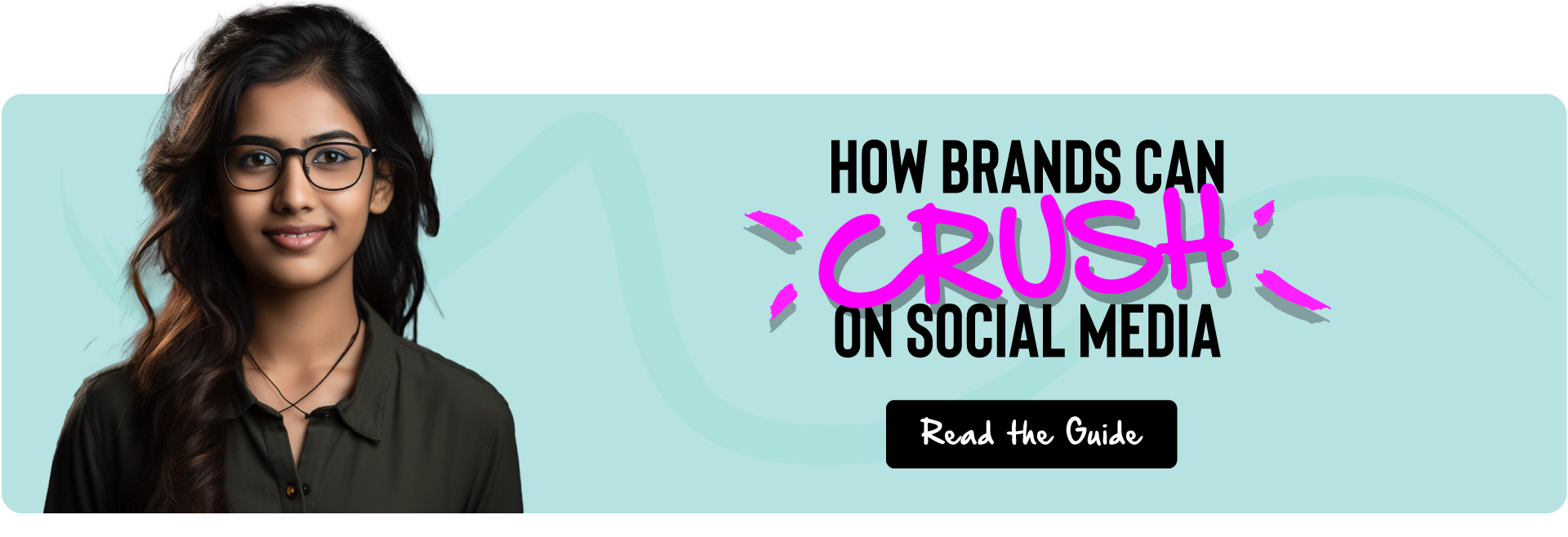
People don’t browse B2B websites for fun.
This statement has had me thinking a lot about CTAs lately, especially for B2B websites. In my 15+ years working in marketing, mostly with B2B tech companies, I’ve seen a lot of CTAs. I can say with confidence that your CTA should never be, ‘Book a Demo.’
In this post, I will talk about CTAs and what you can do it improve the conversion rate on your website.
Why 'Book a Demo' Hardly Ever Converts
‘Book a Demo’ hardly ever converts because it usually translates to ‘talk to a salesperson.’ For many buyers (especially introverts), they can’t think of anything more repelling than talking to a salesperson (no offense sales people).
What’s even worse are two salespeople on the demo call. They always open with the same line: “Before we dive into the demo, why don’t you start by telling us a bit more about your company and what you hope to achieve.” 🤢 How about you just show me the demo! I digress.
People don’t browse B2B websites for fun. They’re on your site for a reason. Typically, they have a problem in mind and are searching for a solution. Perhaps they are ready to buy, or they soon will be.
So why do so few click your CTA?
To answer this question, I put a together of some of my favourite conversion rate optimization hacks.
👉 Clear value prop / ‘reason to buy (RTB)’ – think JTBD framework
👉 Transparent pricing (free trial or free tier)
👉 Self-serve trial (no sales people)
👉 Self-serve walkthroughs / demo
👉 Short (<30 second) demo videos
👉 Live chat (no AI bot chat)
👉 High-value content (ungated)
👉 Social proof (logos, testimonials, case studies)
👉 Competitor comparison
👉 FAQ
Regarding the last point, this is not an SEO play. This is about showing people who arrived on your site how to do their job better, learn or enhance a skill, troubleshoot an issue, stay current on an industry trend… most of this will never rank in SERPs, but are essential for the consideration stage of your funnel.
They may bookmark your page and come back to this content. This keeps your company top of mind for when they are ready to buy.
10 Ways B2B Brands Can Optimize Their Website for Conversions
Here are some effective strategies:
Clear Value Proposition: Clearly communicate the value of your products or services to B2B buyers. Highlight how your offerings solve their specific problems or improve their business processes.
Optimized Landing Pages: Create dedicated landing pages for different products or services, each tailored to a specific audience or use case. Ensure these pages are well-designed and include clear calls-to-action (CTAs).
CTA Placement: Place prominent CTAs throughout your website, especially on high-traffic pages. Use compelling language that encourages action, such as “Request a Demo” or “Get Started.”
Lead Generation Forms: Streamline your lead generation forms to capture essential information without overwhelming users. Consider using progressive profiling to gather more details over time.
Content Marketing: Create high-quality content, such as whitepapers, case studies, and blog posts, that addresses the pain points and challenges of your target audience. Use this content to drive traffic and engage visitors.
Personalization: Use data and insights to personalize the user experience for B2B buyers. Tailor content, offers, and recommendations based on their industry, role, or previous interactions with your site.
Social Proof: Showcase testimonials, case studies, and endorsements from satisfied B2B customers to build credibility and trust.
Mobile Optimization: Ensure your website is mobile-friendly, as many B2B buyers research products and services on mobile devices. Optimize for speed and usability on smartphones and tablets.
A/B Testing: Continuously test different elements of your website, such as CTAs, headlines, and page layouts, to identify what resonates best with your audience and drives conversions.
Analytics and Tracking: Use analytics tools to track user behavior on your website and identify areas for improvement. Monitor conversion rates and other key metrics to measure the effectiveness of your optimization efforts.
By implementing these strategies, B2B brands can optimize their websites to better attract, engage, and convert potential customers.
Continue reading: So You Want to Be a Growth Hacker?
Related Posts

Creative Direction vs. Art Direction vs. Branding: What’s the Difference?

Should you Modularize (or Productize) Your SaaS Product

What Happens When AI Takes Over Everything?

We’ve Already Reached Near Peak SaaS Fatigue, and It’s Going to Get MUCH Worse

Beware of These Sneaky Sales Tactics: How Salespeople Try to Trick You

Your Audience is Not Your Audience
Need help with your marketing activities?
If you’re looking to make a move with your marketing, reach out to us. We are priced fairly, we’re straight shooters, and are the very best at what we do.


